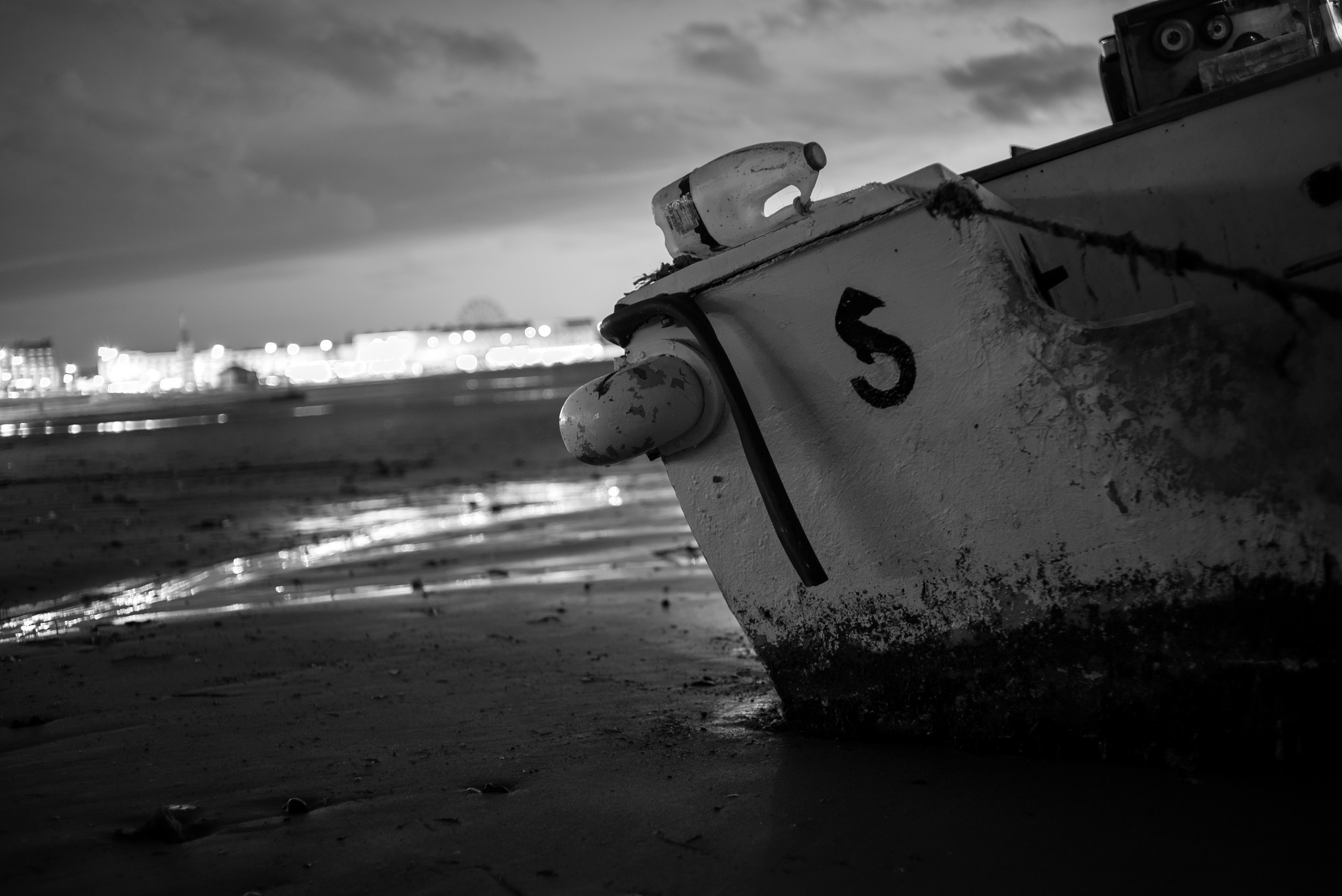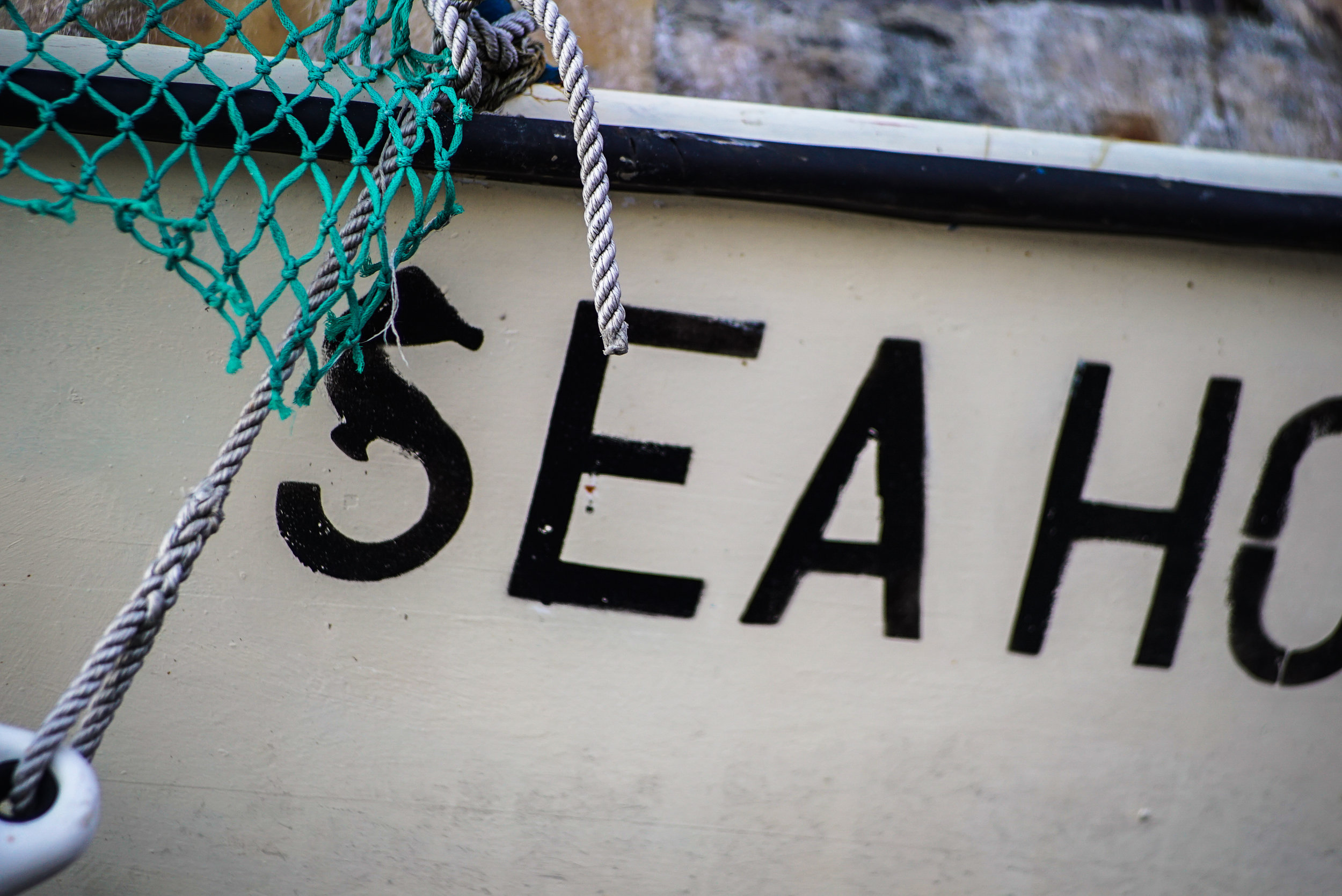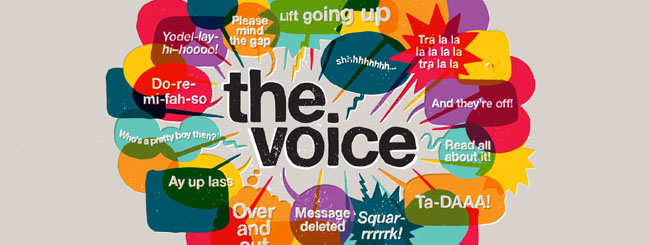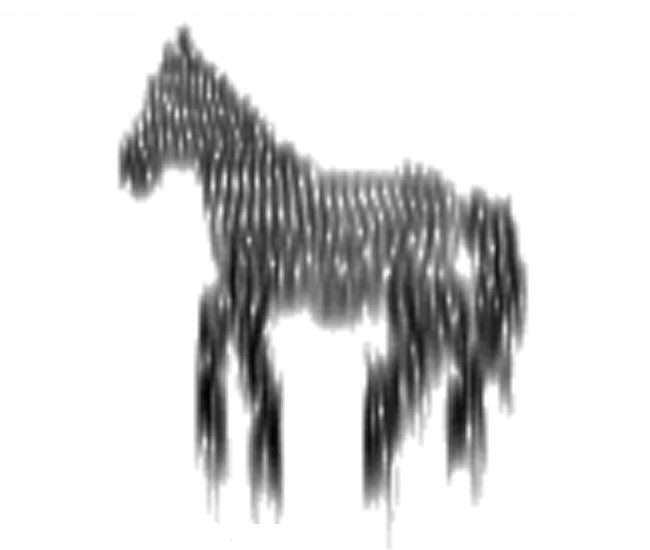Astronaut's share their experiences of living in space!
Read MoreAUDIO: Anatomy of a Panic Attack
A sonic impression of a panic attack
Read MoreVIDEO: Thursday - Dispatches from Margate
Interior textures.
Read MoreVIDEO: Wednesday - Dispatches from Margate
Wednesday
Continuing with the residency in Margate, here's the second short video piece:
https://www.youtube.com/watch?v=IZ4OHpp2tI8
I wanted to provide a different perspective on Margate from yesterday's piece, so as the tide receded I spent time down in the harbour capturing the orange and blue tones of the sunset set amongst the beached boats.
I was drawn to one boat in particular, named Sea Horse, which featured a curious Seahorse shaped 'S' on its stern.
It was a beautifully clear evening, so as the sun set, the sky was awash with intense oranges that slowly gave way to deep, inky blues. In terms of grading, I wanted to preserve these colours so I enhanced the contrast and deepened the blacks, but did little else. When shooting these scenes I shot in a flat profile and exposed to the right so that I could pull down the blacks in post and maintain the deep blues of dusk.
Finally, I decided to add in some sound design to play off the mostly static shots. The sounds of lapping waves, gusts of wind and creaking boats are suggestive of motion and act almost like ghostly echoes of movement.
The piece was shot entirely on my Sony A7s, using two old M42 lenses:
- Pentacon 135mm f/2.8
- Carl Zeiss MC Flektogon 35mm f/2.4
VIDEO: The Risks of The Everyday - with Jared Diamond
Recent animation that explores how the lifestyles of far-removed cultures can impact the way we think about our own lives
Read MoreEvent: Some Like Dark
Let your imagination loose on an in-the-dark journey with the work of theatre maker Jan van den Berg, lighting designer; Jennifer Tipton, physicist; John Pendry, sound poet; Jaap Blonk; and many more.
Read MoreAudio: Oxford Sparks - Big Questions Podcast
A sonic exploration into the sciences at the University of Oxford
Read MoreVideo: Why science is NOT 'Just a Theory'
Have you ever heard ‘evolution’ dismissed as ‘just a theory’? Is a scientific theory no different to the theory that Elvis is still alive? Jim Al-Khalili puts the record straight.
Read MoreAudio: The Listening Post
Back in June I worked on 'The Listening Post' - an ambitious sound installation, co-commissioned by LIFT and 14-18 NOW that formed part of the 'After a War' exhibition at the Battersea Arts Centre.
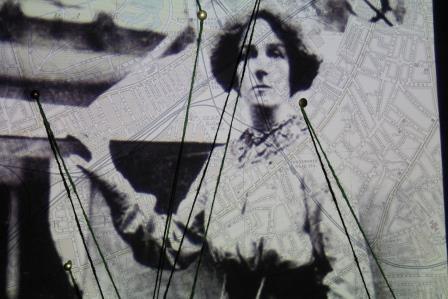 Writers James Wilkes and Tom Chivers led the project researching the history and lives of Battersea residents during the First World War. Their research into local archives and town records unearthed a wealth of material to work with, featuring stories from conscientious objectors, the struggles of munitionettes and the local paranoia surrounding activities of German bakers (below).
Writers James Wilkes and Tom Chivers led the project researching the history and lives of Battersea residents during the First World War. Their research into local archives and town records unearthed a wealth of material to work with, featuring stories from conscientious objectors, the struggles of munitionettes and the local paranoia surrounding activities of German bakers (below).
https://soundcloud.com/eprosser/rumours-the-listening-post
The pieces were produced and presented across more than 14 speakers spread throughout the installation, supported by work from graphic designer Lina Hakim and installation designer Gary Campbell.
Each section of the installation evoked a different feeling and theme, ranging from orchid growing to leisure activities (roller skating and hot air ballooning) before moving onto the darker tones of wartime industry and tribunals for conscientious objectors.
You can listen to James below as he gives a guided overview of the installation:
https://soundcloud.com/liftfestival/lift2014-after-a-war-a-tour-of-the-listening-post-with-james-wilkes
You can read a review of the event here.
Audio: The Sound in Silence, the Silence in sound
The space between silence and noise
Last year, as part of an AHRC funded project, I was commissioned to make a short experimental audio documentary on the subject of silence. I was given freedom as to how I explored this subject and so I set out to capture the thoughts of those who worked with sound and in silent spaces.
[soundcloud url="https://api.soundcloud.com/tracks/146717849" params="color=ff5500&auto_play=false&hide_related=false&show_artwork=true&show_comments=true&show_user=true&show_reposts=false" width="100%" height="166" iframe="true" /]
The result, unsurprisingly, was that silence meant lots of different things to different people and so thematically it was very noisy! This relationship between noise and silence was one I was keen to explore through the production and so the piece is filled with hiss, distortion and feedback in an attempt to echo the noisy subject matter. This was explored further through the use of interviews but also with extracts of the poem 'Describing Silence' which are intercut throughout. This piece written by James Wilkes was a response to his time spent in total silence and explores some of the self generated noise born out of silence.
Production Notes
- The piece features interviews with Sophie Scott (cognitive neuroscientist), James Wilkes (poet and writer), Sara Mohr-Pietsch (BBC Radio 3 presenter), Cheryl Tipp (Natural Sounds Curator, British Library) and Vidyadaka (London Buddhist Centre).
- The idea of distortion and noise influenced the production from the early stages and as work continued I really wanted to create an intense build up of noise that would level off and really help mark the silence experienced later on in the anechoic chamber.
- The piece written by James Wilkes 'Describing Silence' - can be heard in full below: [soundcloud url="https://api.soundcloud.com/tracks/79756417" params="color=ff5500&auto_play=false&hide_related=false&show_artwork=true&show_comments=true&show_user=true&show_reposts=false" width="100%" height="166" iframe="true" /]
- The interview and reading from James was recorded in an anechoic chamber based at UCL. The space itself is very strange to stand in, the best comparison I can think of is what happens to your hearing when you travel in a pressurised aeroplane. In terms of recording audio in there, it was actually a pretty boring space to record in!
- Although it did crop up in several interviews I was keen to avoid referencing John Cage's 4:33 - there are some great pieces on this already (particularly here: http://www.thirdcoastfestival.org/library/1258-john-cage-and-the-question-of-genre) and it justifies a much longer discussion than I could have accommodated for it.
- The piece was recorded on a Zoom H4n and a Marantz PMD661 with AKG D230 dynamic microphone. It was edited and composed in Ableton Live.
Audio Piece: The List
Audio piece: A week of dreams detailed through a list of incoherent imagery, places and situations.
Read MoreVoices In The Dark
In a week’s time In The Dark will be hosting a special listening event at the Wellcome Collection, as part of the larger Voice event. We will be curating an evening of listening that taps into our complex relationship with the voice, featuring a rich chorus of vocalisations, speech and other oral oddities.
Read MoreIn The Dark: Beyond The Grave
It's halloween, so I thought it'd be a good opportunity to post some audio shorts and transitions produced for the In The Dark 'Beyond The Grave' event, held back in July. The event took place in the derelict chapel in the grounds of Abney cemetery, Stoke Newington. We ran two sessions with the later taking place in almost complete darkness. Audience members were locked inside the Chapel for their own safety! These shorts acted as transitions between the main pieces featured at the event.
http://soundcloud.com/eprosser/sets/beyond-the-grave
BONUS TRIP TO HELL: Brighton Horror Hotel
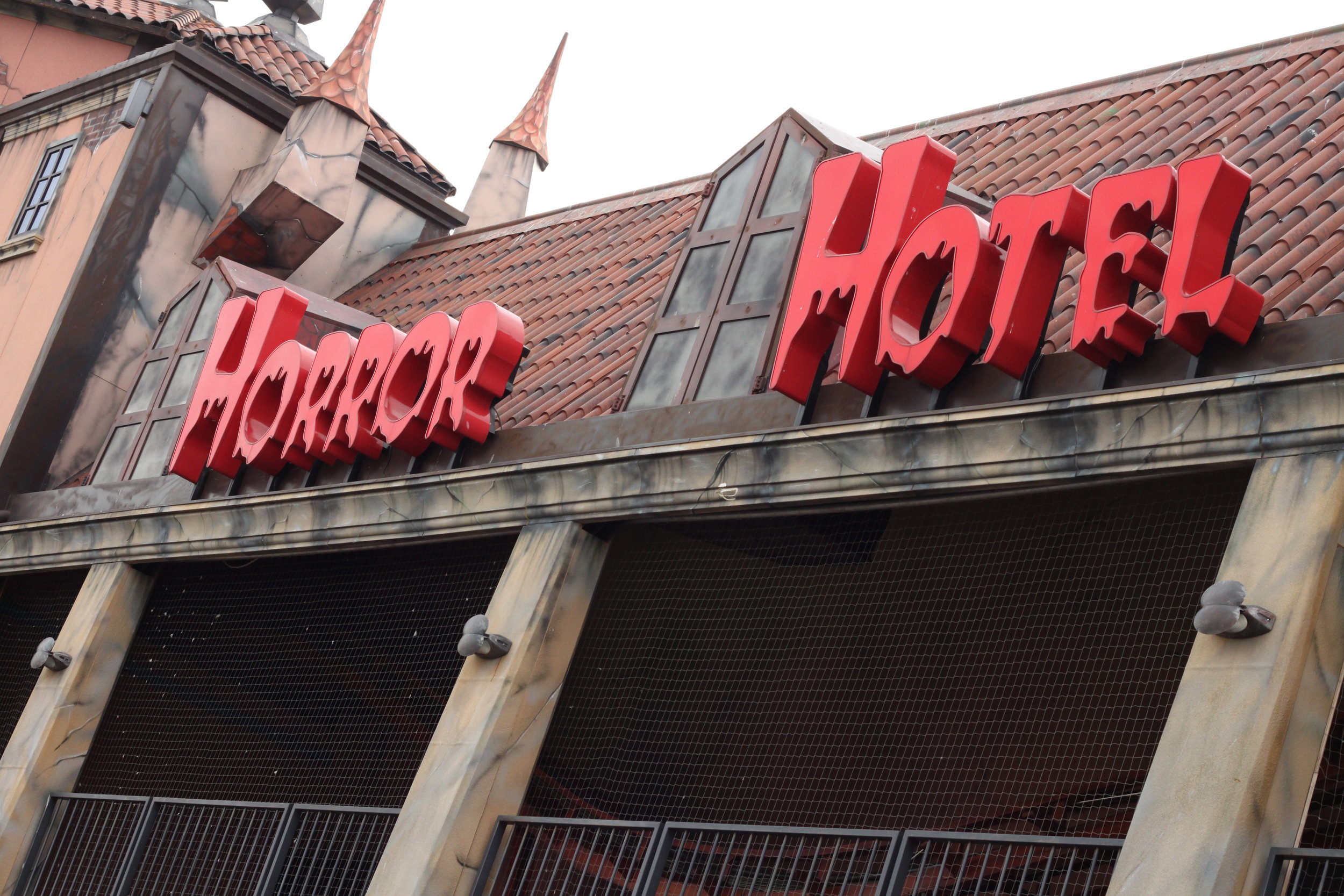
Not quite a bonus or a trip to hell, but anyway here's an extra recording of a Ghost Train taken whilst on a trip to Brighton back in May. Walking along the pier we came across the 'Horror Hotel' and couldn't resist paying for a ride inside. Screams generously provided by my girlfriend.
[audio https://dl.dropbox.com/u/13042873/Fright%20Night/Ghost%20Train.mp3]
Expanding on the power of the image
Non-linear use of Multimedia
I was recently made aware of the online platform Thinglink.com - which essentially allows you to 'tag' an image and embed media from around the web - such as from YouTube and Soundcloud. Anyway this really got me thinking about some of the potential that such a platform offers - images provide a really powerful and direct way of communicating something (an image is worth a thousand words, bla bla) - and being able to combine an image with additional multimedia or information can offer a much richer experience to the audience.
For example, you could use an image as a backdrop for presenting other media (such as related video and audio), or you could expand upon an image, by tagging key areas and providing additional context with video, audio, text and other images.
I thought a lot about how this could be used in terms of story telling and perhaps even communicating science, particularly by augmenting image diagrams. There's loads of cool interactive / animated diagrams and educational apps already out there, that essentially bring textbooks into the digital sphere, but they take a lot of 'know-how' and time to develop. Thinglink offers a quick and accessible route for users to create their own interactive diagrams and multimedia packages, through which to share a rich wealth of information and also tell stories through non-linear pathways.
So I took my recent audio documentary on the vOICe technology (you can listen to it here) and I cut out sections that matched up with a diagram I found in a New Scientist article on the same subject (you can read it here).
Diagram below:
I then uploaded my clips to Soundcloud here:
http://soundcloud.com/eprosser/sets/the-voice-thinglink-samples/
and used Thinglink to embed the short sound files into the New Scientist diagram image - to produce an interactive diagram of sorts. The audio accompaniments augment the visual impact of the New Scientist diagram with some added 'context' from my documentary. Users can explore the subject at their own pace and explore the clips in any order they choose. Click here to see it all together.
This was just a really quick proof of concept mock up, using existing work - but I'm really keen to start using this platform as a way of quickly creating rich multimedia packages, which combine images, video and audio to communicate stories, ideas and information in a non-linear fashion.
Audio feature: Oh, I See
Seeing with your ears.
An audio feature I produced over the summer for Pod Academy, exploring the development of the vOICe technology and it's impact on blind users. The vOICe is a computer program developed by dutch engineer Dr Peter Meijer which essentially converts images into sound. Through training and experience blind users can learn to interpret these sounds as a sort of 'synthetic vision'. The piece explores the technology from the perspective of blind user Pat Fletcher, and uncovers some of the science and technology behind its use with it's creator Dr Peter Meijer and cognitive psychologist Dr Michael Proulx (University of Bath).
It was my thought that technology and the computer would be my way out of blindness.
-Pat Fletcher, vOICe user
http://soundcloud.com/eprosser/oh-i-see
Download it HERE
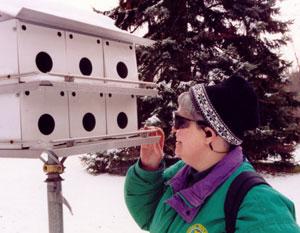
Essentially, the software takes spatial information captured by a camera and converts this into a coded soundscape. Users can then learn how to decode this auditory signal into a visual one thanks to a process known as 'sensory substitution', where information from one sense is fed to the brain via another. Fundamentally what the vOICe is doing is re-routing information usually obtained by the eyes and delivering it through another sense organ, the ears.
Although the neuroscience and psychology behind the technology is still largely unknown, it is thought that the visual cortex is eventually recruited to process the incoming auditory information and through experience, is able to decode it as spatial / visual information. There's a great article over at New Scientist that goes into greater depth about the neuroscience behind it - including a useful diagram depicting how the technology works.
The software is currently freely available and can be used with virtually any imaging device, from webcams to camera-mounted glasses – there’s even an android version available for mobile devices! With the increasing prevalence of mobile computing, the vOICe technology is liberating users from their blindness, allowing them to step outside and experience the world through a completely new visual perspective.
For more information visit: http://www.seeingwithsound.com/ where you can experiment with the vOICe for youself and learn more about how it works. I've also prepared a page with a collection of images as heard through the vOICe software, including some featured within the piece above.
Music
- Hypermagic – Start Again Start
- Ed Prosser – Untitled
- - – b31
- No Color – L’Aube
- Hpermagic – Pico Bisco
- Ed Prosser – Untitled
- Marcel Pequel – Four
Freesound Credits (freesoundarchive.com)
- Alarm Clock – 14262__xyzr-kx__alarm-clock
- Camera Shutter – 16071__heigh-hoo__nikonf4
- Data sound - 3647__suonho__futuretrocomputing-10-suonho
Pod Academy - In The Morgue
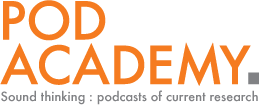 I've recently started producing podcasts for a new non-profit organisation called Pod Academy - they release weekly podcasts on academia and research, covering everything from the arts and culture to science and the environment. There's a really nice range of subjects covered by the podcasts and their library is growing on a weekly basis. You can browse what they have to offer here.
I've recently started producing podcasts for a new non-profit organisation called Pod Academy - they release weekly podcasts on academia and research, covering everything from the arts and culture to science and the environment. There's a really nice range of subjects covered by the podcasts and their library is growing on a weekly basis. You can browse what they have to offer here.
Auto-erotic Asphyxiation
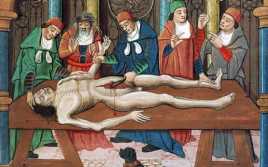 My latest offering takes a trip around the morgue of the Sunderland Royal Infirmary, with pathologist Dr Stuart Hamilton as a guide. The piece provides a glimpse into mortuary life, from working with the dead on a daily basis, to dealing with cross dressing 'auto-erotic asphyxiation' fatalities.
My latest offering takes a trip around the morgue of the Sunderland Royal Infirmary, with pathologist Dr Stuart Hamilton as a guide. The piece provides a glimpse into mortuary life, from working with the dead on a daily basis, to dealing with cross dressing 'auto-erotic asphyxiation' fatalities.
You can listen to the piece over at the Pod Academy website here. Or download it here. The piece takes material recorded for my larger documentary piece 'The D-Word'.
If you want to stay up to date with the podcasts you can subscribe to their podcast feed via iTunes.
On Location: Writers, Sounds and Places
A couple of weeks ago I took part in the ‘On Location: Writers, Sounds and Places’ event at the British Library, which was organised in collaboration with The Guardian and In The Dark.
The event explored British landscapes, both urban and rural, through a collection of sounds, words and film and included a panel discussion chaired by the Guardian’s Madeline Bunting. On the panel were writer Rachel Lichtenstein, T.S. Eliot prizewinning poet Alice Oswald and Professor of Literature at the University of Essex, Marina Warner. The event set out to explore how writers, filmmakers and artists explore and capture the essence of British landscapes within their work – and the different approaches they take to achieve their art. You can read a lovely write up of the event by Cherly Tipp here.
To begin the event, I composed several sound pieces, which were to accompany and compliment live readings from both Alice Oswald and Rachel Lichtenstein. These pieces were designed to augment the imagery evoked within the readings and provide a powerful listening experience through the combination of spoken word and abstract sound. The pieces were mixed live under the readings, which brought an element of performance to the soundwork - something which I'd not really explored before in the context of listening events. This also introduced some lovely moments of serendipity, as abstract sounds from the compositions aligned themselves with the words of the readers.
Listening to the landscape
In darkness, Alice opened the event with a powerful reading of her piece 'Sea Poem', which was followed by a piece composed from an old recording of Ted Hughes, reading his piece 'Wild Rock' (listen below):
http://soundcloud.com/eprosser/wild-rock/s-cyRyg
After this came ‘A Whitechapel Walk’ from Rachel Lichtenstein, which introduced the sounds of moden Whitechapel into the auditorium. This was then followed by the second and final reading by Alice, who finished off with a her piece 'Epileptic' a piece which brought with it the sounds of night, fluttering wings and the distant tide.
http://soundcloud.com/eprosser/epileptic
You can hear the live recording from the event here: [soundcloud url="http://api.soundcloud.com/tracks/54471239" params="auto_play=false&player_type=tiny&font=Arial&color=7e5f57" width="100%" height="18" iframe="false" /]
The tracklist is as follows:
- Alice Oswald – ‘Sea Poem’
- Ted Hughes – ‘Wild Rock’
- Rachel Lichtenstein – ‘A Whitechapel Walk’
- Alice Oswald – ‘Epileptic’
To close the event I'd composed a final soundscape which blended elements of both the rural and urban landscape, moving from the noise of the country into that of the city. With this piece I wanted to demonstrate noise as a feature of both the rural and urban soundscapes and so pulled out elements of both. This piece features a modified version of a previous work, 'The Dustbin Man Cometh' - which was produced for an In The Dark listening event back in March.
http://soundcloud.com/eprosser/from-dartmoor-to-dustbin
In addition to the event are a series of podcasts over at the Guardian which continue the themes of landscape literature, dedicating an episode each to the works of Alice and Rachel. You can also view the short film 'Notes on Orford Ness' which was screened at the event here, an aurally rich portrait of this unusual location, featuring extracts from writer Robert Macfarlane's newly commissioned work, Untrue Island.
Audio piece: Porn Whales
From porn wails to porn whales
http://soundcloud.com/eprosser/porn-whales
The idea for this piece fell out of a session playing around with audio samples taken from various pornography films, in a bid to produce something for an In the Dark listening event. After a while of manipulating and stretching out these smutty samples I was struck by how much the moans and groans came to resemble the calls of whales.
After a bit of whale sound research I worked to manipulate these sounds until they modelled the range of sounds associated with whales. From the high-pitched clicks, squeaks and squeals to the lower frequency rumbles. The sounds become slightly more unsettling when processed in this way (although out of context they didn't originally sound that nice to begin with), removing the visual element with which these sounds were originally presented with, definitely made them more sinister. The high-pitched screams are particularly unsettling on their own, baring very little resemblance to the original sample.
However for the event this piece was to be presented at we were keen to finish with something fairly light hearted and I thought it would be much more fun to experiment and explore the concept of 'porn whales' than turn this into something dark and foreboding - there was plenty of that featured at the event anyway.
The sounds of the sea were added to provide a little context (recorded in Brighton on a zoom H4n) and the gentle, soothing music came from Kevin Macleod.
The piece was featured and played as part of the In the Dark 'One Night Stand' listening event at the Clachan Pub, London 14/05/12.
An added bonus - I thought I'd also share with you one of Isabella Rosseliini's great Green Porno films - 'Whale Sex' :
http://youtu.be/A-zJ1hGm-F8
In the Dark: One Night Stand
Hardcore listening

The latest In The Dark listening event: 'One Night Stand' took an unusual step into the murky world of erotica, featuring pieces exploring sex across the animal kingdom; from humans, to snails, to fish and finally to whales. The night proved to be so popular that we had to put on a second sitting, suggesting that sex really does sell, even when it comes to curated listening events.
Sofia Saldanha and I mixed and compiled the audio for the night, including the production of new material to interweave and transition between pieces. Audio featured included a beautiful and emotionally charged interview from the Dialogue Project, a rather unsettling but humorous piece from Canadian radio show Audio Smut (about masterbating in public places) and and a personal favourite from Danish producer Pejk Malinovski whose piece made reference to the artist Matisse by exploring the reproductive behaviours of snails (can be heard here).
We were really keen to move past a linear playlist which simply presented the pieces rigidly, separated by silence. Instead we experimented in blending all the pieces together into a seamless mix. In many cases we produced short interludes and transitions to help take the listener smoothly from one piece to the next and to keep them immersed within the general narrative of the night.
Finishing off the event was 'Porn Whales' - an audio short I'd produced, manipulating the sounds of pornography to resemble the calls of whales (below).
Porn Whales
http://soundcloud.com/eprosser/porn-whales
After a bit of whale sound research I worked to manipulate these sounds until they modelled the range of sounds associated with whales. From the high-pitched clicks, squeaks and squeals to the lower frequency rumbles. The sounds of the sea were added to provide a little context (recorded in Brighton on a zoom H4n) and the gentle, soothing music came from Kevin Macleod.
In The Dark: Cityscapes
The Wapping Project Bookshop (21/03/12)

On Wednesday night I curated a listening event for In The Dark, held within the intimate confines of the Wapping Project's Bookshop, which just happens to be in a Glasshouse. If you've never been to an In The Dark event before, think of it as a film screening, but for radio, sound and audio stories.
The pieces chosen were all tied to the theme of 'Cityscapes', tapping into the many stories, textures and soundscapes that resonate from urban environments. The selection spanned a range of styles and formats, from more conventional narrative / documentary pieces to the more abstract, capturing the essence of urban decay through sound.
The features were also blended together with a collection of field recordings which I'd taken from around London, as well as those taken elsewhere, including a Parisian recording form Soundlandscapes blog.
Some notes on a few of the pieces featured:
Out of the Blocks
Included on the playlist was a 7 minute edit of 'Out of the Blocks', as recently featured on the Third Coast International site. Produced through a collaboration between radio producer Aaron Henkin and electronic / Hip-hop producer Wendel Patrick, the piece presents a sound rich documentary profiling of an entire city block in Baltimore, 'documenting the stories, voices, and people who populate the 3300 block of Greenmount Ave.'. What makes this piece stand out is in its interesting use of music, which was scored exclusively by Patrick adding greater texture to the voices and the stories they tell. [youtube http://www.youtube.com/watch?v=oj0JQF63lZQ]
You can listen to the short edit on the Third Coast site where there's also a nice interview with the pair. To listen to the original full hour edit of the documentary go on over to Wendel Patrick's site.
Gateshead Multistory Car Park
Towards the end of the night we delved into the darker side of urban decay, with an excerpt from the Langham Research Centre's menacing sound profile of the Gateshead Multi-story Carpark, originally produced for Radio 3's Between the Ears.
The piece was recorded entirely on location and laid down on reel-to-reel tape, where it was manipulated further, slowed down and looped. Everything heard in this feature was derived from sounds captured within the Carpark and you can really get a sense of the menacing and repressive tone that this concrete behemoth exuded:
http://soundcloud.com/langham-research-centre/gateshead-multistorey-carpark
The Dustbin Man Cometh
One of the regular noises I come across living in a city, is the early morning mechanical chaos of the dustbin collection. To finish of the night, I played a piece which I'd produced specially for the event - a heavily processed sound piece created from the single recording of a dustbin truck collection.
If you have ever been woken up in the early hours by this sort of noise, I'm sure you're aware of the complex mechanical racket that they make. It's a great collection of sounds - clangs, squeaks and crashes - I really wanted to capture and then pull out elements of this noise, turning them into an evolving, glitchy cascade of sound that would fill the listening space it was to be presented in. Anyway, have a listen below:
http://soundcloud.com/eprosser/the-dustbin-man-cometh
--
The next In The Dark event will be held on the 4th April, aboard the Lightship95 with guest curator Martin Johnson



